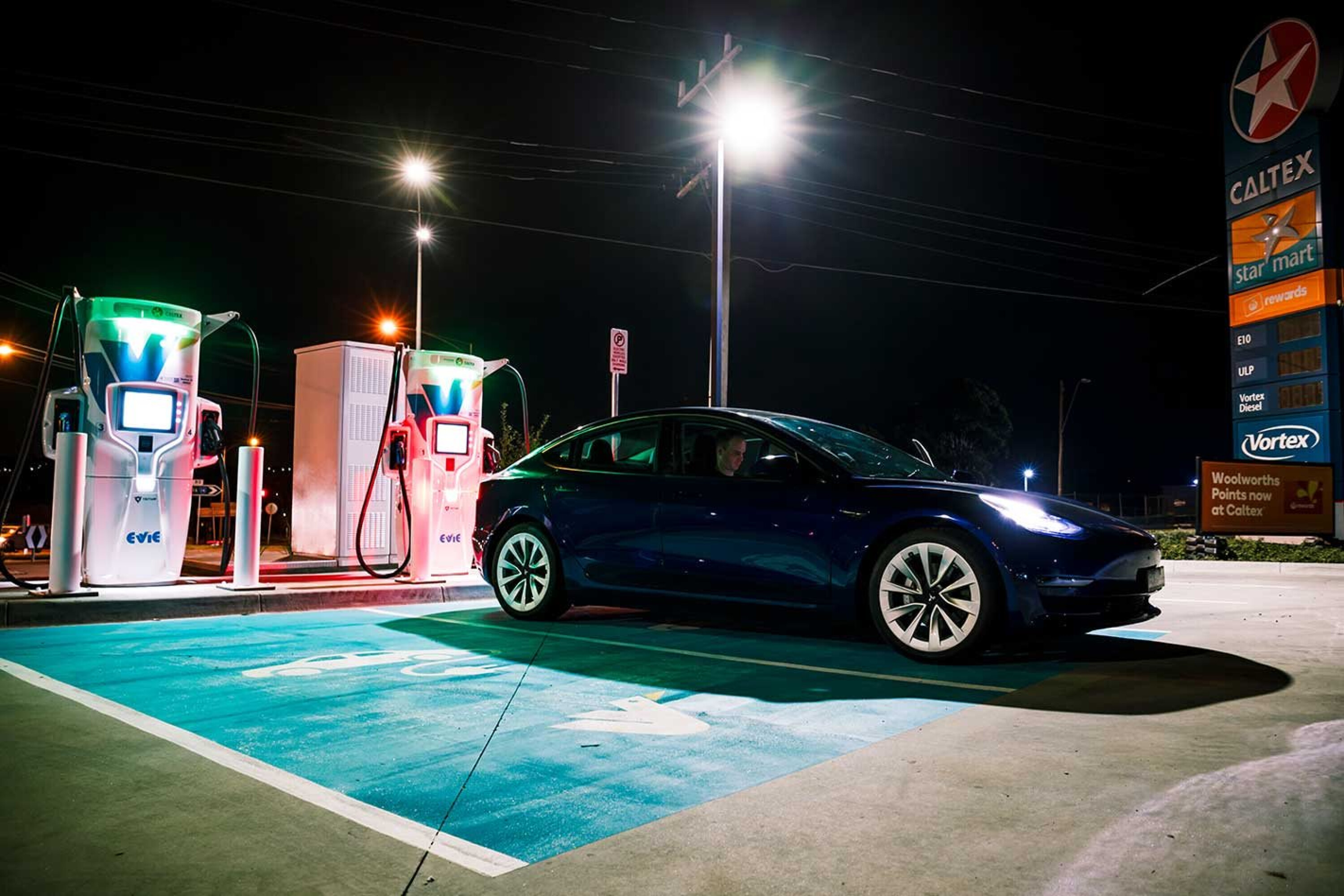
“There aren’t enough chargers.”
Insufficient public charging infrastructure is a common argument for not buying an electric vehicle today.
But, is it valid, or just uninformed confusion? Well, it might be a little of both.
Snapshot
- Yes, there arenu2019t enough public EV chargers in Australia u2013 in numbers and reliability
- But, itu2019s rarely needed because you should charge at home u2013 the cheapest method
- Of course, that doesn’t work for everyone and it is a challenge
Throughout history, just about every piece of new technology has stirred fear, uncertainty, and misinformation. From the industrial revolution to the internet, ‘futuristic’ and unfamiliar electric cars are now at the centre of debate.
Among a variety of EV concerns, how Australians can conveniently charge an EV has been contentious. So, how many chargers are out there, is it a valid excuse, and why isn’t it just about the numbers?
JUMP AHEAD
- ? How many EV chargers are in Australia?
- ? A good reason, but…
- ? Can’t charge at home?
- ? Not just about the numbers
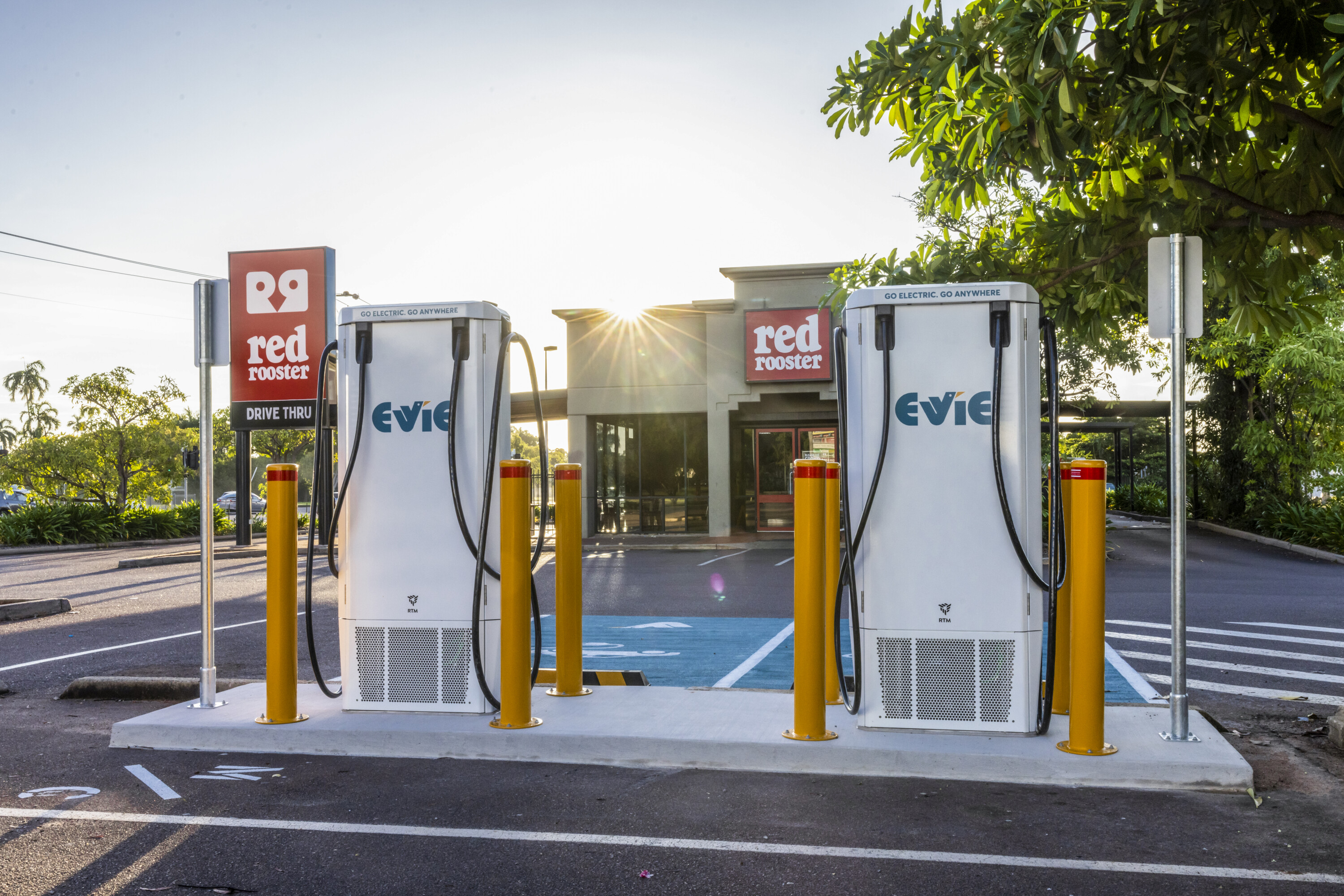
? How many EV chargers are in Australia?
According to EV charging finder PlugShare [↗], there are now more than 390 charging locations in Australia.
This includes slow (AC) and fast (DC) public charging stations from charge point operators, networks and businesses, but excludes caravan camping sites that require your own industrial-level cable or the odd ‘a random plug is there’ listing.
Note that the number is for charging locations. Each site may likely offer more than one station and plug, so the actual number of EVs that can charge publicly is far greater. A report from the Electric Vehicle Council (EVC) estimated that there were nearly 5000 individual charging plugs in 2022 nationwide.
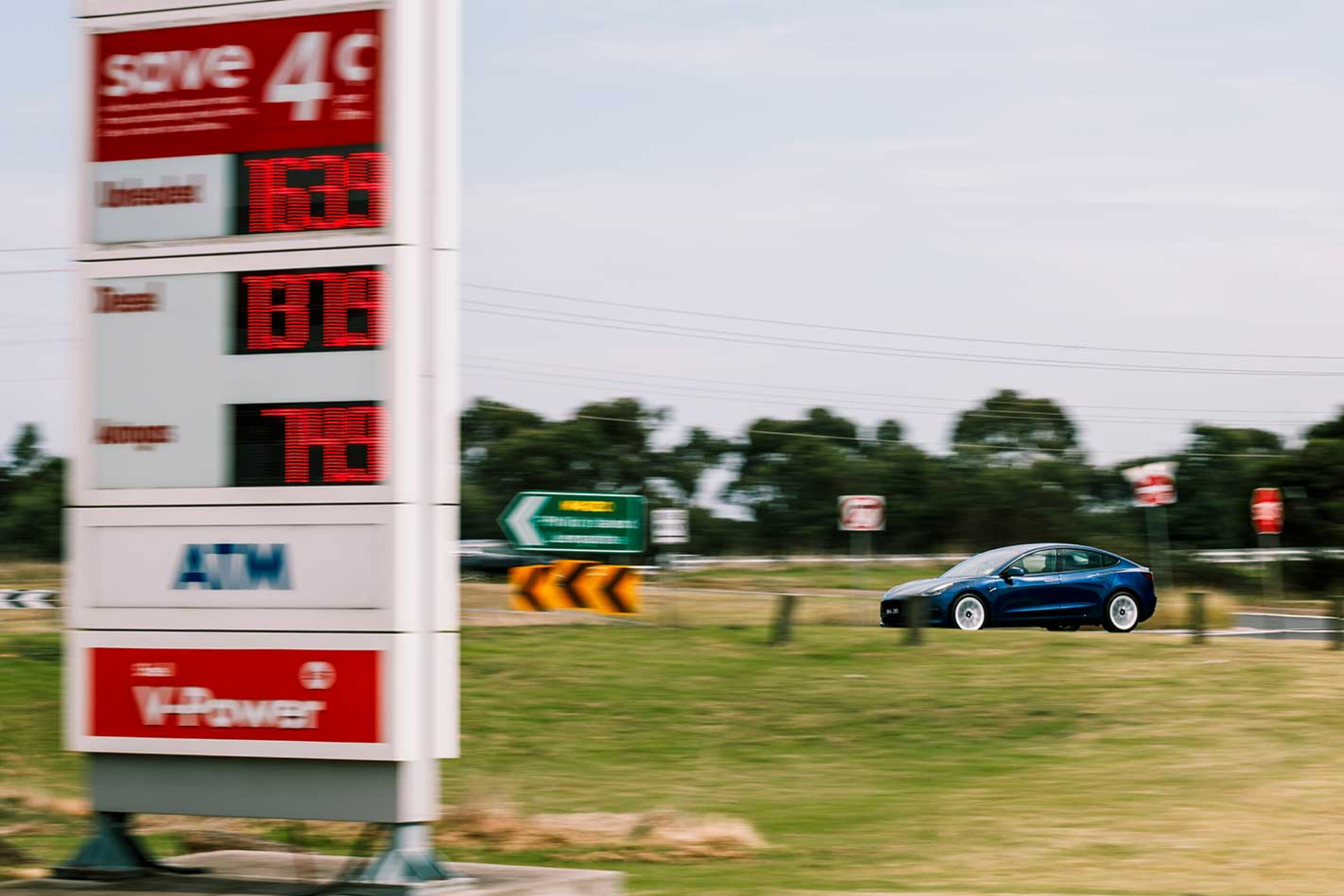
⛽️ The new fuel stations
Public EV charging stations substitute traditional fuel stations, with major networks including; Chargefox, Evie Networks, BP Pulse, Ampol AmpCharge and Tesla Superchargers (which are half-locked to Tesla vehicles only in Australia), along with Jolt, Exploren, EVUp, and Everty.
However, they are not required if you can ideally charge at home. For more read on.
Critically, most charging locations are limited to offering one or two stations.
Many stations can only juice up one vehicle at a time, despite offering two different plugs.
But, while newer DC fast-charging units can ‘power share’ between two EVs, one plug could be the rare CHAdeMO connector on DC fast chargers – which is only compatible with the Nissan Leaf, Lexus UX300e, older Tesla vehicles via an adapter, Japanese-imported EVs, and Mitsubishi Eclipse Cross and Outlander PHEV (plug-in hybrid electric vehicles).
Exacerbating this issue, if two vehicles power-share from one stall, then the peak charging speed will be limited on both – extending charging times.
For example, plugging in two EVs on a 75kW DC station will split the power to 50kW on one and a slow 25kW on the other – yet users will still pay the same price.
And, when a DC fast-charging unit is too busy or out-of-order, there may be a working AC charging station nearby. However, this will prolong the charging time even further to several hours, which can be inconvenient if you’re not occupied with other tasks and need a full recharge.
Therefore, for a country spanning 7.7 million square kilometres with more than 100,000 EVs in circulation, it’s clear there still aren’t enough public chargers to satisfy today’s demand – let alone keep up with ever-growing sales spearheaded by Tesla and BYD.
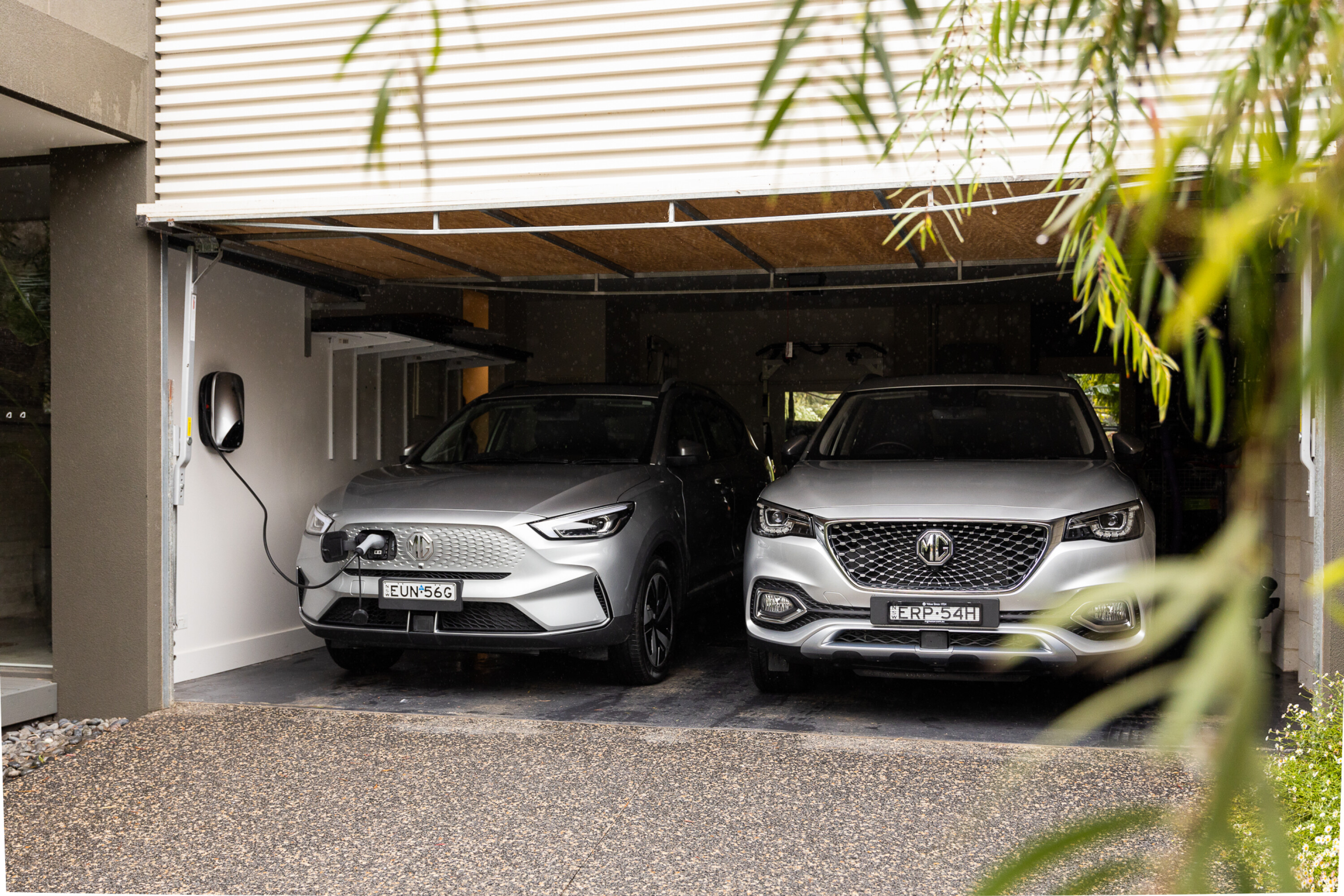
? A good reason, but…
While Australia’s public EV charging infrastructure is still limited, the most convenient, cheapest and reliable way to recharge is at home or work.
It’s important to consider: Internal combustion engine cars must typically be refuelled at a dedicated fuel station, yet EVs can be charged at home.
So… how often will you really need to stop beside the road to recharge and wait?
Even without a dedicated wall box unit, any three-pin power socket at home (yes, the same wall-plug your appliances use) will add enough range for the average 30 to 40km daily driving needs.
? How many houses are in Australia?
According to the Australian Bureau of Statistics’s (ABS) [↗] 2021 Census data, 70 per cent of dwellings were houses, 16 per cent apartments, and 13 per cent townhouses.
This means we can assume the majority of Australian homes can safely and legally access a power plug at home, provided they have off-street parking.
As a long-distance EV rideshare driver told WhichCar, using public charging stations is the most expensive way to own an electric car – and the typical Australian would only need to use public infrastructure on longer road trips, where the distance exceeds the model’s range.
With the average new EV today providing around 450km claimed range (albeit on a combined urban and highway test), drivers can comfortably make a return trip from Brisbane to the Gold Coast, Sydney to Newcastle, or Melbourne to Bendigo without needing to stop and charge.
However, for Australians who regularly need to travel long distances, a traditional petrol-electric hybrid or plug-in hybrid may be a more suitable alternative than pure diesel.
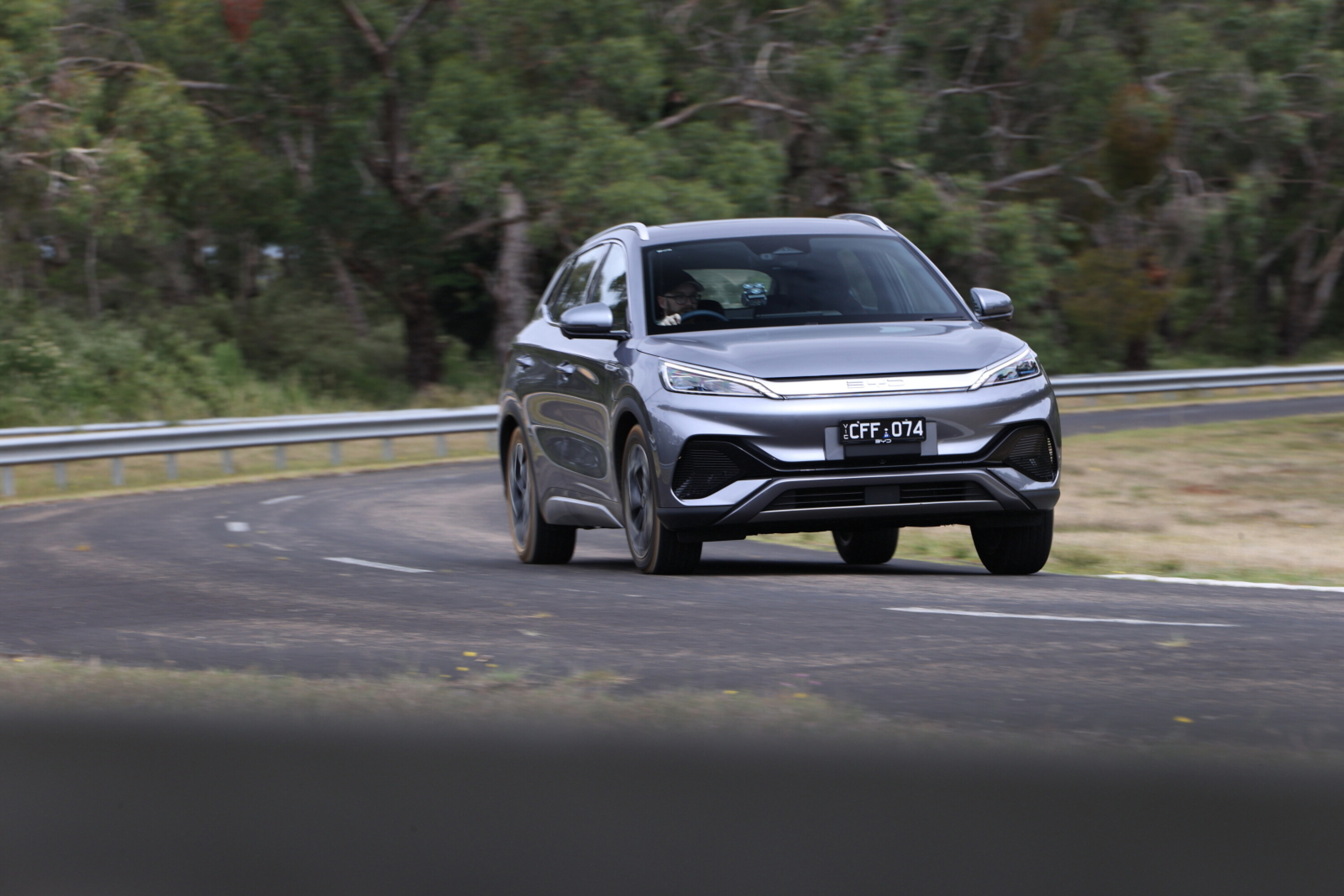
? Can’t charge at home?
Of course, many Australians can’t charge at home, which is a valid barrier to making the electric switch.
If you live in a home with only shared or public street parking, owning an EV can be tricky.
Few buildings have AC charging equipment installed, but the National Construction Code now requires all newly-constructed buildings to have EV charging provisions ready.
However, for most older apartments and homes, it’s recommended that you negotiate with all stakeholders – such as the body corporate, owners and neighbours – to work through legal hurdles and prove the value to install charging infrastructure in your car park space, even if it’s just a regular three-pin plug.
To learn about EV charging safety, refer to our comprehensive guide.
There’s also the potential time and financial costs for proving that the plug is safe and isolated from other units (even before installation has started), especially if the car park space isn’t near the power metre box.
Critically, if you’re a renter, it could be even more of a headache due to limited property rights.
And, despite all this, your efforts might be rejected, even though a growing number of property owners are beginning to see the value in offering charging facilities. It’s a case-by-case basis.
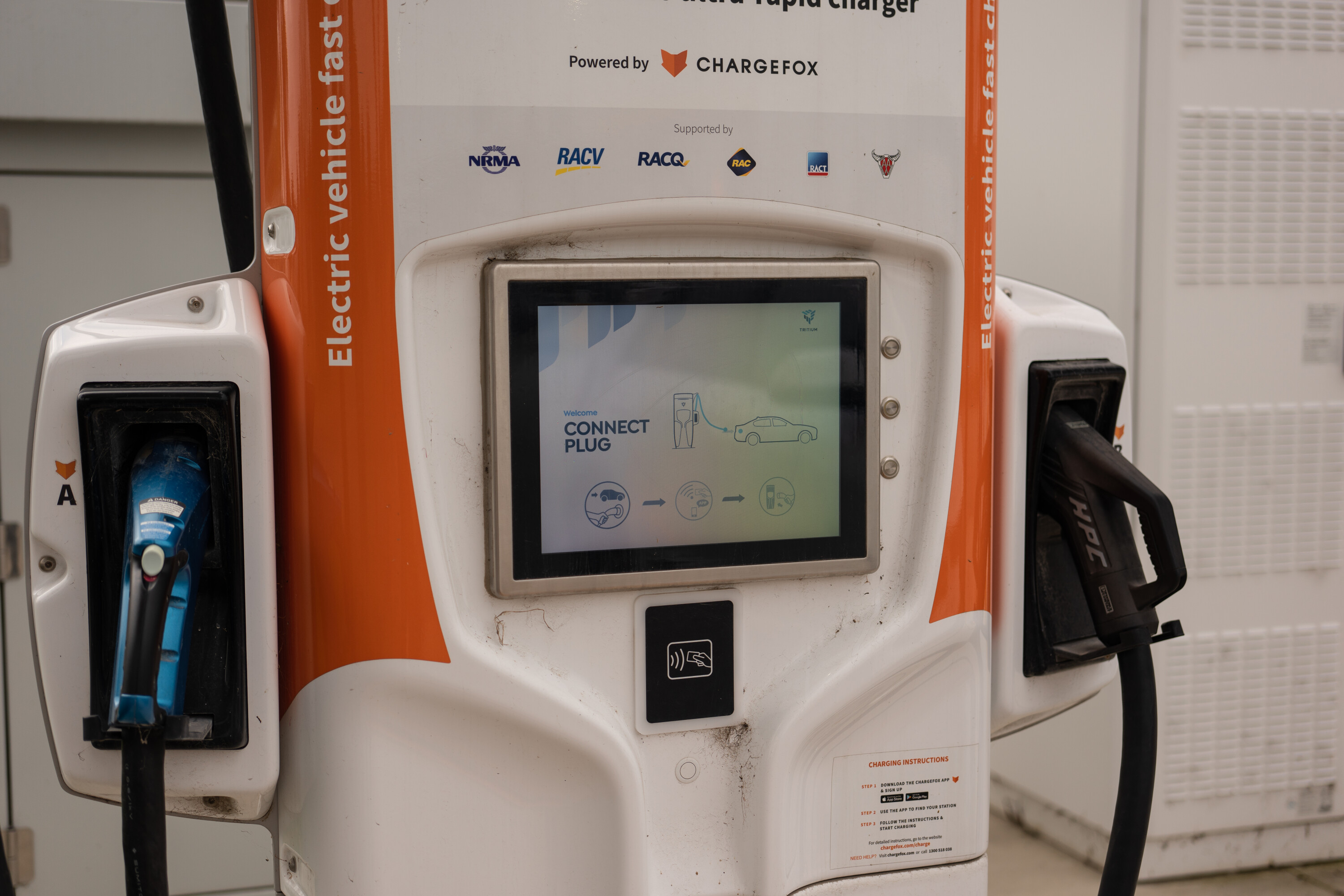
? It’s not just about the numbers
If you can’t charge at home, EV owners will need to rely on public charging stations – which, while expanding in numbers, is still problematic in some areas.
? Reliability
Charging stations – particularly the fast DC units – are complex electrical systems and can suffer faults as more drivers use them.
Repair times can also be prolonged due to an arduous diagnosis-to-repair process, but charging providers and manufacturers are working to improve ‘uptime’ rates with more reliable and serviceable modular machines that can cope with higher loads.
Faults can range from simply a disconnected electricity grid, to worn out plugs and problematic internal parts.
The most common Tritium stalls have been notorious for reportedly sub-par reliability – but less problematic with its latest modular units – whereas Tesla’s Supercharger network has been lauded for its dependability. More charging models are coming online in Australia too, including from ABB and Kempower.
However, as EV owners and the lobbyists have long advocated, Australia also needs more ‘redundancy’ at each location when stations do inevitably go offline.
This includes offering large EV charging hubs as seen overseas – instead of the paltry one or two common today – and more sites geographically spread out, so drivers can comfortably rely on nearby backup stations without low-battery ‘range anxiety’.
? Cost
While EVs are cheaper to own over the long run, that selling point is less compelling if public charging stations are too expensive – forming a clear disadvantage for those who can’t charge at home.
Public EV charging units are expensive to install and maintain. Charge point operators are businesses, after all, and eventually need to earn a profit from their assets.
Most major charging networks have increased their prices due to rising electricity market costs, while non-Tesla EVs accessing Tesla Superchargers need to pay a significant price premium compared to plugging in a Tesla vehicle.
However, EV owners can be wise when choosing which public charging station to use – similar to selecting a different fuel station for a cheaper price.
Faster ultra-rapid 350kW chargers tend to be more expensive, but remember that not all EV models can take in the maximum speeds.
Some BP Pulse and Tesla Supercharging locations vary pricing by the time of day, which corresponds with station demand. Meanwhile, the RAA and Engie have trialled on the Chargefox network to prioritise cheaper charging during daylight and encourage utilising renewable energy.
There are also still some free chargers remaining, and often council or state government operated stations – such as Queensland’s Electric Super Highway (QESH) network – are cheaper than most.
??? Accessibility
Public EV chargers also need to be more physically accessible, especially for older motorists and people with impaired mobility.
DC fast-charging stations in particular often have heavier and shorter-length cables, which can be a challenge for people who are less able.
Meanwhile, there’s no mandated standard requiring carmakers to position charging ports on any particular side of the vehicle – it varies from the front face, front-quarter wheels, rear-quarter panel, and even beside the tailgate depending on the model – so it can make plugging-in tricky.
Additionally, differences in the charging station position, orientation, kerbs or steps, safety bollards, and narrow parking spaces can all be barriers to plugging in an EV.
The older Tritium RT50 model also requires users to press a flashing start button on the unit after initiating via a smartphone app or RFID card, which isn’t clear-cut to EV newcomers.
? Payment
Payment systems are another pain point, with all networks requiring an online account and smartphone app.
Some also restrict it to Australian payment methods only, which doesn’t suit foreign travellers.
There’s some movement to offer a standard payment terminal to accept any credit or debit card with mandates overseas, but for now, it can mean a folder filled with apps and online accounts just for public charging.
For now, an RFID card is the most convenient option to start charging, but is only offered by some networks in Australia.
? Safety and services
Since EVs can take up to an hour to fully charge at a fast station, questions have been raised about personal safety and services while at EV charging locations.
This especially applies at night, where proper lighting and security cameras aren’t always guaranteed.
Some charging sites are secluded at the edges of a car park, with charging operators needing to contend with vandalism as networks expand.
Because of this, most EV charging hubs still lack traditional fuel station amenities, such as cover from the weather, water buckets and squeegees, tyre air pumps, and hand wipes.
Evie Networks guarantees that all its charging locations have lighting and security provisions in place, while BP and Ampol mostly place their EV stations at the side of their fuel station forecourts where there are safety provisions.
?? Etiquette
Some owners can become impatient and discourteous to others, as EVs simply take longer to charge than pumping fuel, and there aren’t enough public stations to meet the demand today.
Importantly, this mainly applies to busier charging locations during busy holiday periods, where disorderly queues may form.
For a full guide of public EV charging etiquette tips, check out the link above.
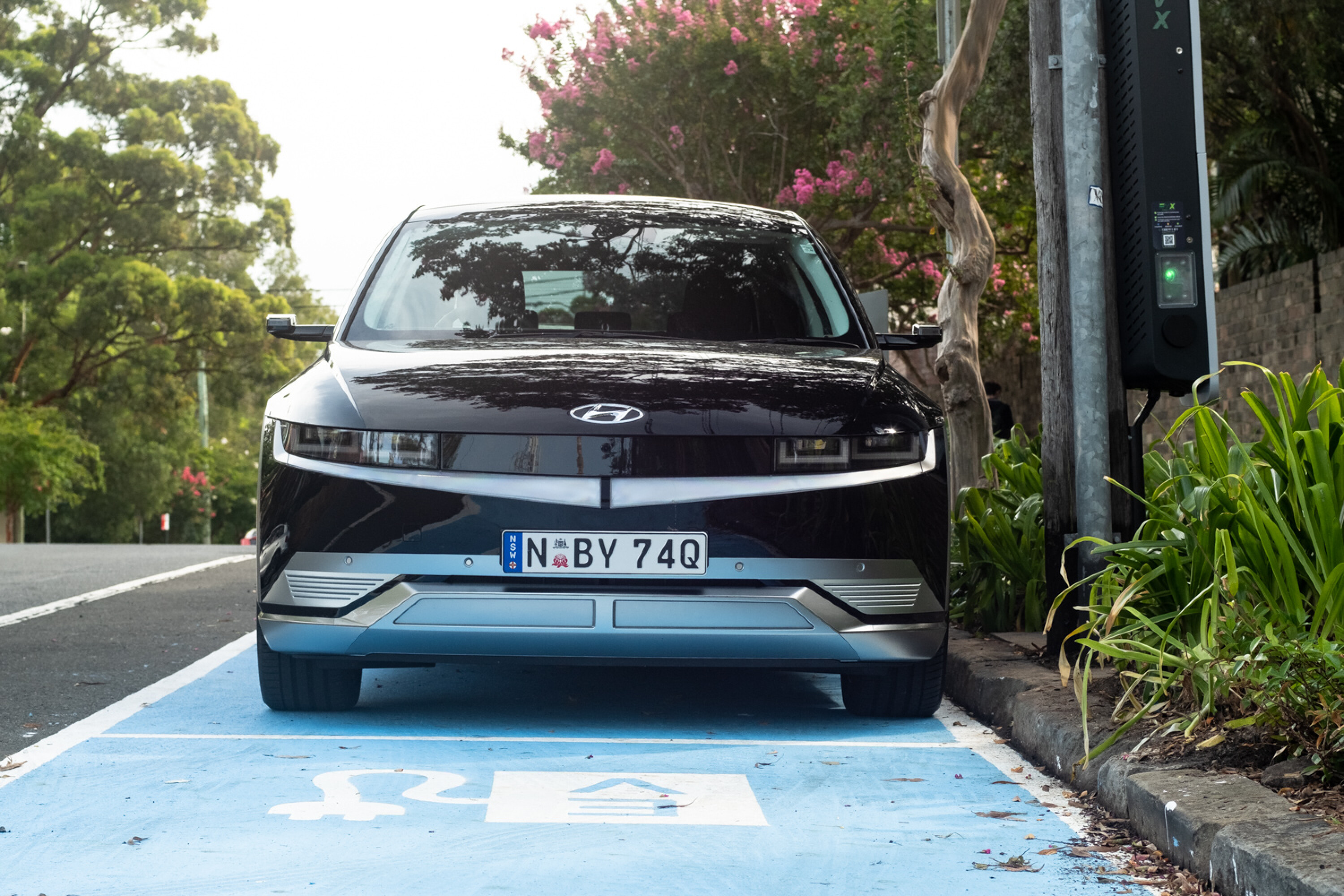
⚡️ The road is looking clearer…
Yes, there aren’t enough public EV charging stations in Australia.
But, as long as you can plug in at home and don’t commute extra long distances every day, it shouldn’t be a worry.
Unfortunately, if you can’t charge at home, owning a pure electric car today isn’t ideal – as you’ll be relying on a patchy, pricier and inconvenient public charging network.
The silver lining is: Public EV charging infrastructure is rapidly expanding in Australia – with major projects well underway, including the federal government’s region-linking NRMA charging network, the RAA’s South Australian EV network, and Tesla unlocking many Supercharging sites to all EV models (albeit at a price).
Chargefox has also boldly promised to WhichCar that the public charging landscape will dramatically improve in the next year.
More residential properties, local businesses and councils are also installing EV charging stations to attract drivers and support their environmental, social, and corporate governance (ESG), too.
It will take some time for public EV charging infrastructure to become as ubiquitous as fuel stations. But, the best charger is at your own home.
? Is it time to make the electric switch?
EVs are not for everyone (for now), but they are right for most.
Driving range, charging time, and true sustainability remain key perceived issues. For more, check out our /Electric hub guides below.
We recommend
-
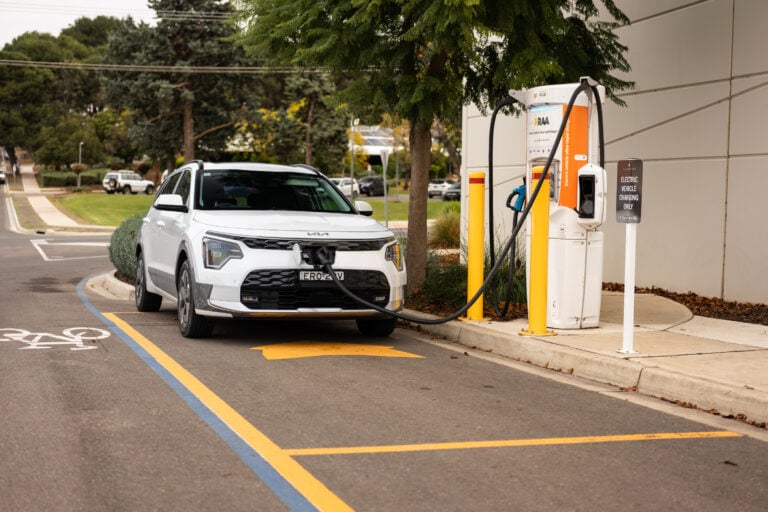 Advice
AdviceWhy are EV chargers unreliable?
Faulty public EV charging stations have been the angst for many critics in the media. Here’s why and what’s being done
-
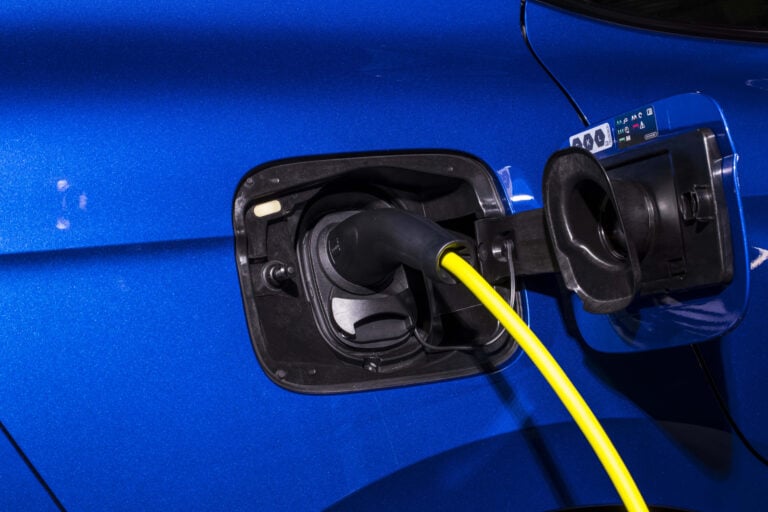 Advice
AdviceHow long does it take to charge an electric car?
It’s a common question that can be complex to answer. We break down the charging times and limitations
-
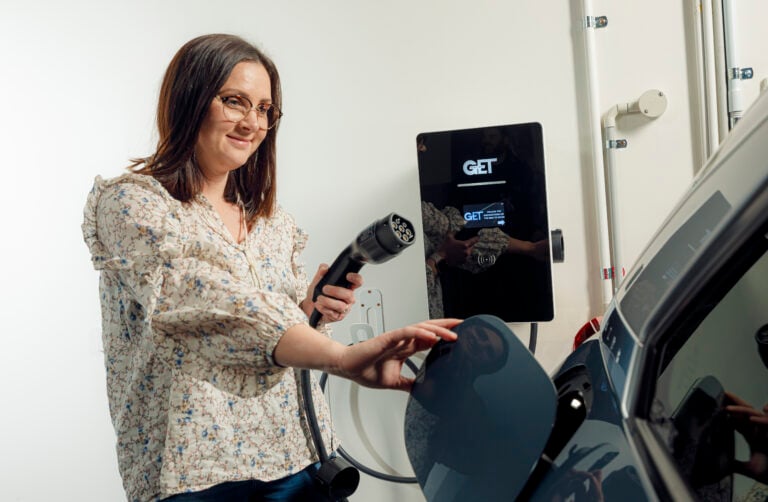 Advice
AdviceEV Charging Explained: Home & public charging, speed & plugs
Sponsored by GET Electric, this is a go-to guide to understand charging an EV at home or on the road




